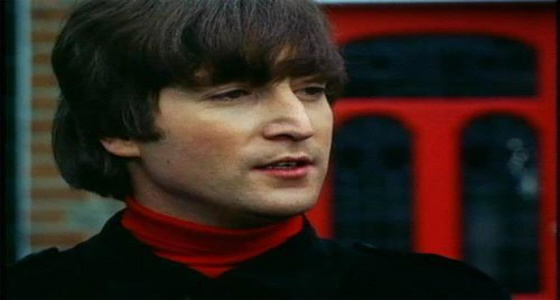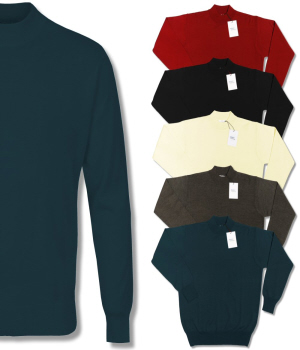
© Words Matteo Sedazzari
Adaptor Clothing (www.adaptorclothing.com) have challenged me to talk around the inextricable link between music and fashion and the different subcultures they represent. I have chosen to talk around the iconic turtleneck or poloneck, depending on which side of the Atlantic you reside, is a jumper with a high collar that rolls down. It’s attire that can be worn casually with jeans, or smart with trousers, either way you always look sharp (http://www.adaptorclothing.com/products/adaptor-turtle-103--adaptor-clothing-retro-made-in-italy-merino-wool-ls-turtle-neck-jumper.html), and Adaptor Clothing are certainly carrying on with the momentum of panache, with their own brand of turtleneck, (let’s stick with the US terminology to make it easier) which are beautifully made and rich in style.
In Great Britain in the early sixties, like much of the fashion of that decade, the British youth adopted and adapted the turtleneck for the youth in question was of course Mod. Working class boys and girls with surplus cash available, unlike their parents, were able to purchase stylish European clothing (predominately Italian) and US College Ivy League fashion, with a love for black Soul Music and British Beat combos like The Small Faces, The Who and many more.
 The origin of the turtleneck is quite long and complex, and stems right back to the 15th Century. However, in the 19th Century in Europe they became a jumper popularised by people in the nautical field, and in unskilled jobs. Just prior to the Mod explosion, the black turtleneck became associated with the beatnik movement and students of philosophy, especially the French school of thought, Existentialism, where the individual is of free will and accountable for their own progress.
The origin of the turtleneck is quite long and complex, and stems right back to the 15th Century. However, in the 19th Century in Europe they became a jumper popularised by people in the nautical field, and in unskilled jobs. Just prior to the Mod explosion, the black turtleneck became associated with the beatnik movement and students of philosophy, especially the French school of thought, Existentialism, where the individual is of free will and accountable for their own progress. Perhaps the first pop culture reference to the above in the British media was in Tony Hancock’s classic film, The Rebel (1961), a British wannabe artist who by pure luck becomes a success in the art world of Paris. One scene has Hancock holding court at a party, telling his listeners how he escaped the nine to five routine, people dressing the same, with the same views. His audience, all young and beautiful, remarked how terrible and tortuous it must have been to have this sameness, and as the camera pans away they are all wearing black turtlenecks, and the cool British youth wanted them.
There are many great examples of how dapper the turtleneck looks in music, The Beatles, early Rolling Stones, Johnny Cash, Madness and from that springs to mind The Who - I Can't Explain video, filmed in the sixties, and released by Polydor in 1988. The opening clip has Roger Daltrey wearing a brown checked jacket, with a brown turtleneck underneath (I am guessing it is brown, as the footage is black and white), whilst pumping the classic song, looking like a British squire with a street thug element, which pretty much sums up Daltrey and the rest of The Who.
The terrace culture of the early eighties were fond of the turtleneck, and often wore one, with perhaps a V neck or crew neck jumper over the top in a colourful scheme, again like the Mods, looking sharp.
The turtleneck will always look smart and with winter around the corner it will be nice to have something warm and stylish to wear. Just one warning, make sure you don’t have a pot-belly as those bumps are bound to show, which is something any well-dressed turtleneck couldn’t abide.





